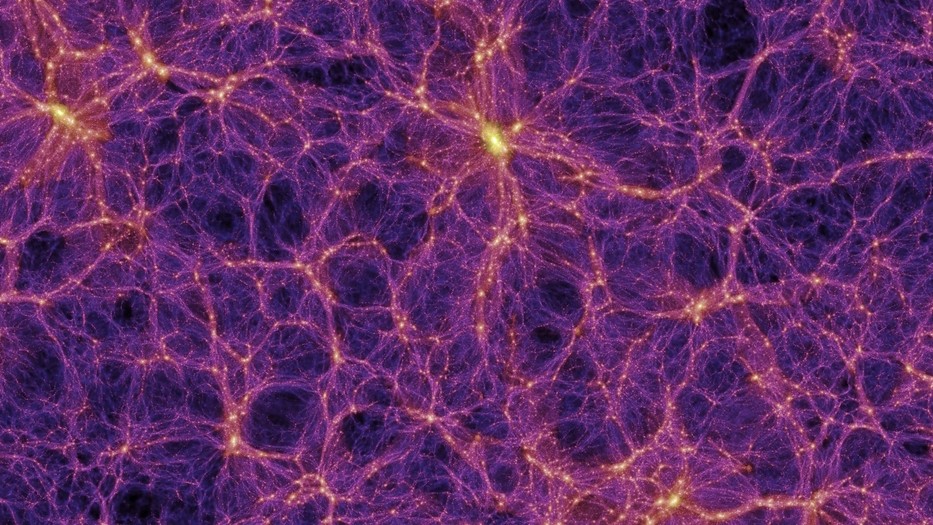
On a clear night, it might look like the stars above are distributed more or less evenly. But that isn’t the case — all stars are part of a gigantic cosmic web that links galaxies across the universe like threads of spider’s silk, leaving unfathomably large swaths of nothingness in between. Now, in two papers published in The Astrophysical Journal Letters on June 29, scientists detail evidence that this massive cosmic highway stretches back nearly to the dawn of the universe.
Using data from the James Webb Space Telescope, astronomers discovered a massive, gassy tendril composed of 10 closely packed galaxies stretching over 3 million light-years. According to the researchers, this ancient filament of gas and stars may represent the oldest known thread of the cosmic web.
“I was surprised by how long and how narrow this filament is,” Xiaohui Fan, an astronomer at the University of Arizona and a member of the research team, said in a statement. “I expected to find something, but I didn’t expect such a long, distinctly thin structure.”
The newly discovered filament formed when the universe was young — a mere 830 million years after the Big Bang. It is anchored by an extremely bright celestial object with a supermassive black hole known as a quasar at its center.
This bright black hole is the reason scientists discovered the tendril in the first place. Fan and his team are working as part of the ASPIRE (A Spectroscopic Survey of Biased Halos in the Reionization Era) project, which aims to study how the earliest black holes influenced galactic evolution. The quasar detected here was one of 25 early-universe quasars that the project has its sights set on.
“This is one of the earliest filamentary structures that people have ever found associated with a distant quasar,” Feige Wang, an astrophysicist at the University of Arizona and the program’s principal investigator, said in the statement.
The researchers hypothesize that black holes helped to form the cosmic web by acting as gravity wells to draw matter together, and occasionally by flinging it far away on “cosmic winds,” which whip up around extremely active quasars. Gravity keeps these strands of stars and dust connected, even as the winds pull them across the universe.
The researchers think that eventually, the filament will condense into a cluster of galaxies, similar to the Coma Cluster, which lies approximately 330 million light-years from Earth.
Stay connected with us on social media platform for instant update click here to join our Twitter, & Facebook
We are now on Telegram. Click here to join our channel (@TechiUpdate) and stay updated with the latest Technology headlines.
For all the latest For Top Stories News Click Here
